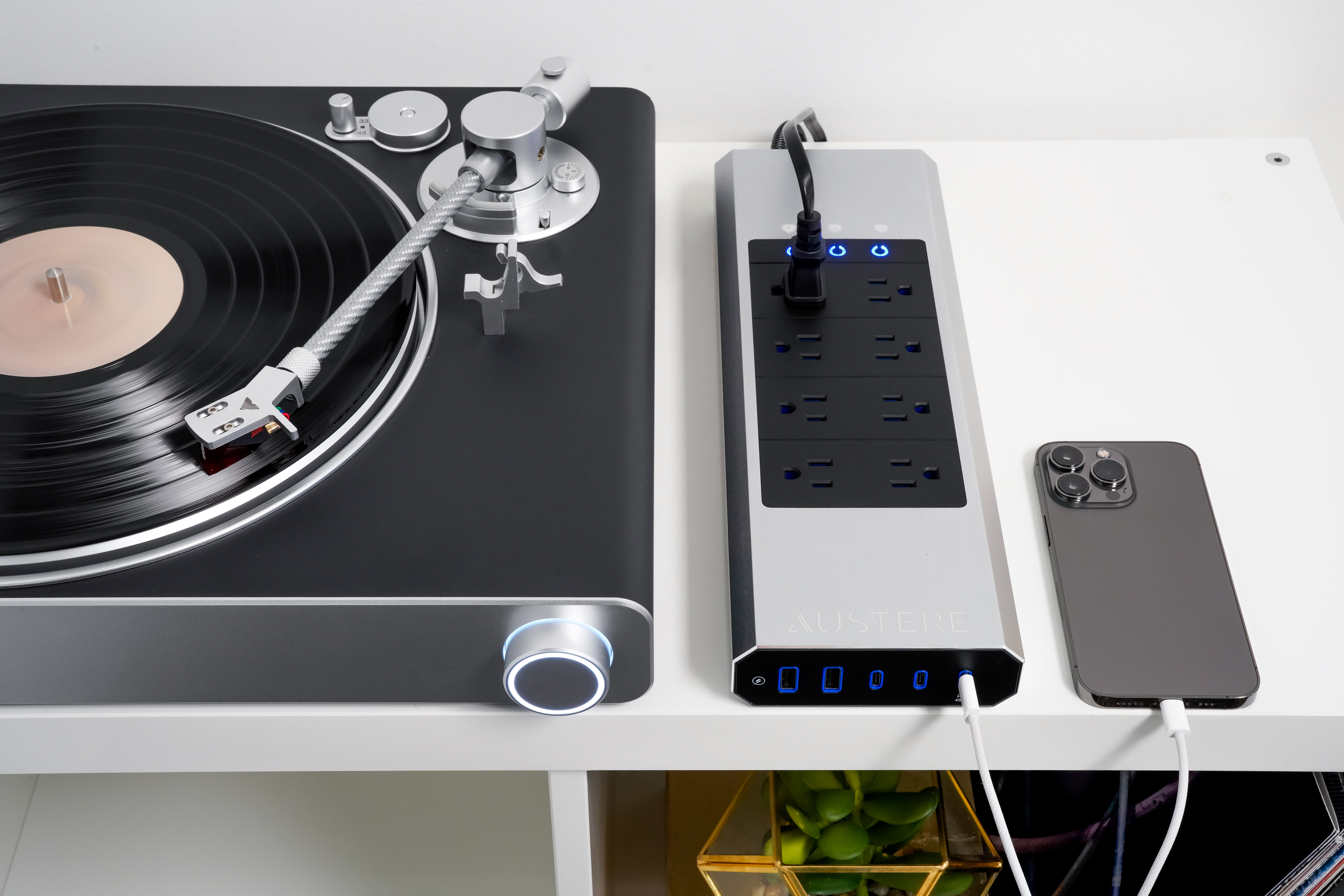Editors Note: This column, by AMX president and CEO, Rashid Skaf is the latest in a series of essays from our most passionate business leaders. Though relatively new to the custom installation business, Skafs passion for technological innovation has made an immediate impact on AMX and its dealer base.
I began my career in the telecommunications industry 15 years ago, where I learned early on that when it comes to technology, change is the only thing that remains the same. Undoubtedly, todays bleeding-edge product will one day be archaic, filling the halls of technology museums around the world. This is the reason I have so much passion for this industry; we are never satisfied and are always striving to develop the next big thing.
Take, for example, the mobile phone. The worlds first cellular handset was commercialized in 1984, and people literally could not wait to get their hands on it. Today, however, most kids would laugh if you handed them one. Ground-breaking technology for its time, the phone weighed two pounds and provided only 30 minutes of talk time when fully charged. Thats a far cry from todays lightweight, feature-rich models offering several hours of continuous usage.
Advances in cellular technology have made an impact on cultures worldwide in ways even early industry experts did not predict. Did you ever think that you would use your phone to take pictures and video, send and receive text messages and e-mail, listen to music or watch TV? Thanks to our cell phones, as a society, we are now more connected, productive and entertained than ever before.
The aspect of innovation most exciting to me, and the one most critical to this industry, is the broad collaboration required to make an idea a reality. The wireless industry did not evolve out of happenstance or because of the technological developments from any one company. Rather, handset manufacturers, wireless operators and chip companies agreed early on to develop and adopt industry standards to ensure interoperability and ease of use. If these partnerships were not formed, wireless technology simply would not be where it is today.
Indeed, for any technology-based industry to grow, its leaders must unite behind a common goal: innovation. I feel strongly that in our industry a commitment to standards and interoperability is extremely important to take popular products and services to the next level. In the PC industry, for example, manufacturers, chip companies and software providers united behind a plethora of standards organizations, from the IEEE Computer Society to organizations like the Khronos Group. As a result, end users today have peace of mind knowing that, for example, any monitor is compatible with any PC and that any laptop can print to any printer.
The consumer electronics industry was based on closed, proprietary technologies for decades, which I think most technology historians would agree stifles industry innovation. Unlike a jigsaw puzzle, our products, from TVs and audio equipment to lighting and HVAC, were not designed to fit together. Each manufacturer developed its own communication protocols, which created industry fragmentation and made integrating products from multiple manufacturers into a residential control system much more difficult than it needed to be. Thankfully, this tide turned several years ago, as manufacturers recognized the inherent advantages of adopting open standards for device communication.
The industry took a huge step forward when it embraced 802.3 and 802.5 Ethernet, and, most importantly, Transmission Control Protocol/Internet Protocol (TCP/IP), the world standard for transmitting data over networks. Today, because manufacturers are designing products like digital video recorders, audio/video equipment and media centers with the same communication protocols, these devices can now talk the same language, making it much easier to integrate them into a control system.
Since joining AMX four years ago, I have thoroughly enjoyed working and collaborating with best-in-breed manufacturers. While our products differ, we have a similar goal to make residential integration and automation easier and better for both dealers and end users. Ethernet and TCP/IP were certainly a step in the right direction, but more can be done to encourage continued innovation.
To take the control industry to the next level, I feel passionately that manufacturers must now rally behind device interoperability, which will not only make installations easier for dealers, but will also give them more control over their businesses and the products they offer. As a manufacturer of control systems, AMX recognizes the critical role we play in this effort. To this end, we are actively engaged with a growing list of more than 180 manufacturers, 31 of which are working with AMX to ensure that their products are interoperable with ours. This is yet another step forward for the industry and one of which I am personally proud to be a part.
By working collectively to better understand and react to the evolving needs of end users, I have no doubt that we will take our industry to new heights.







